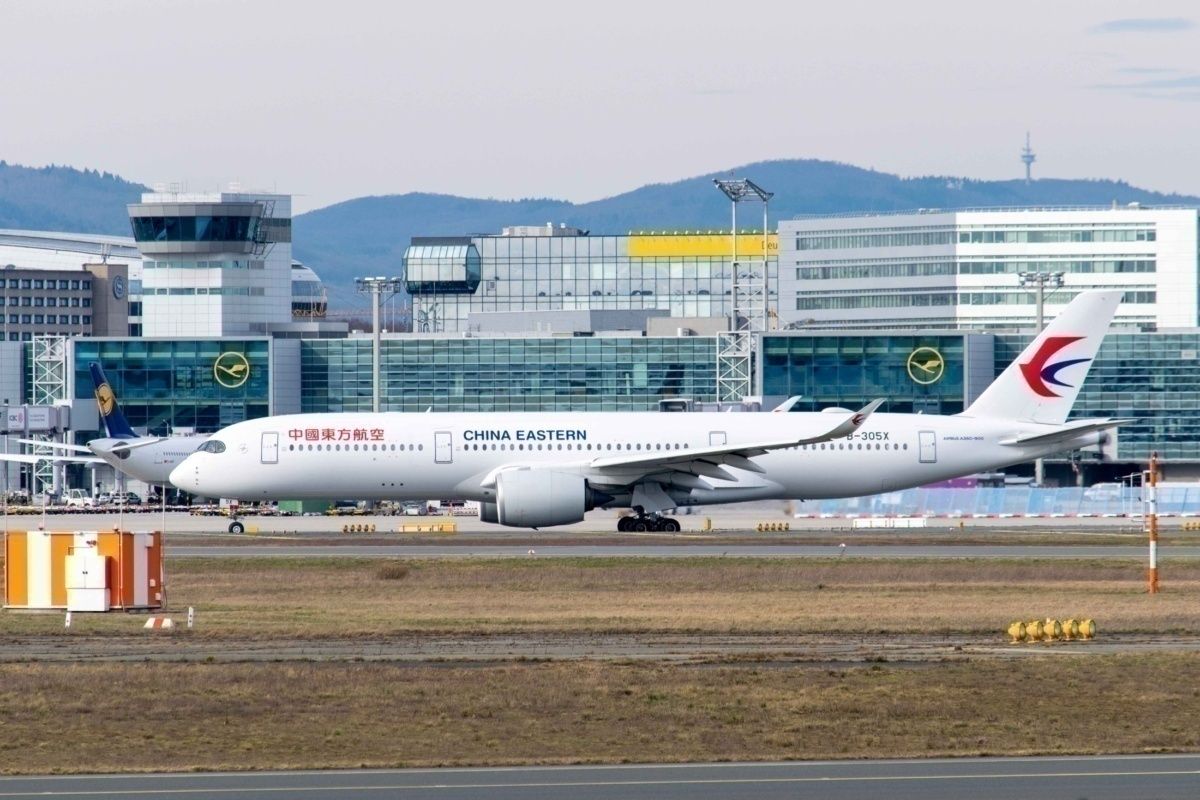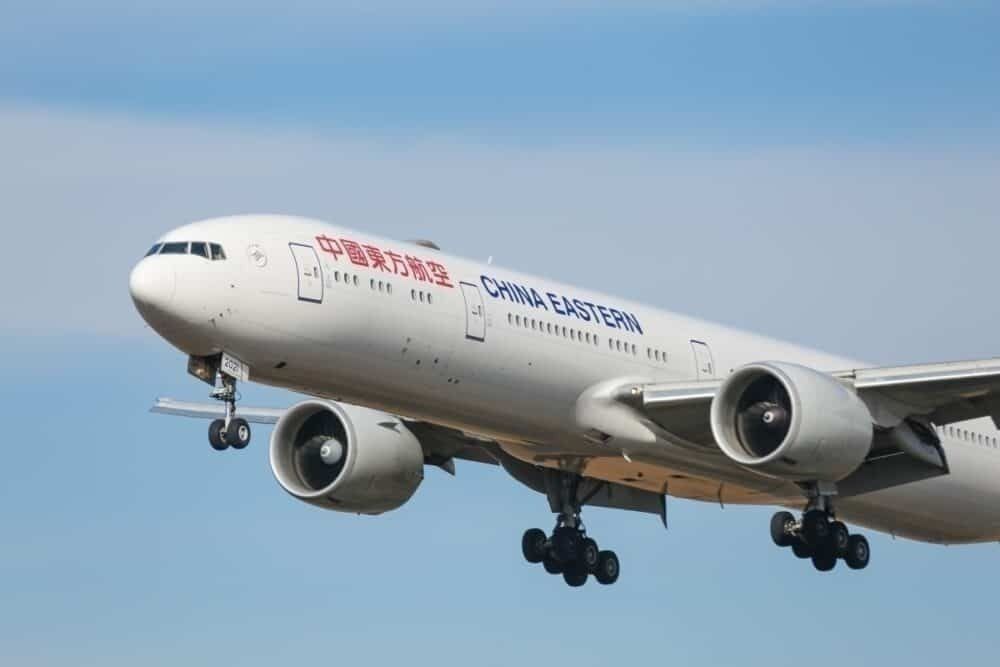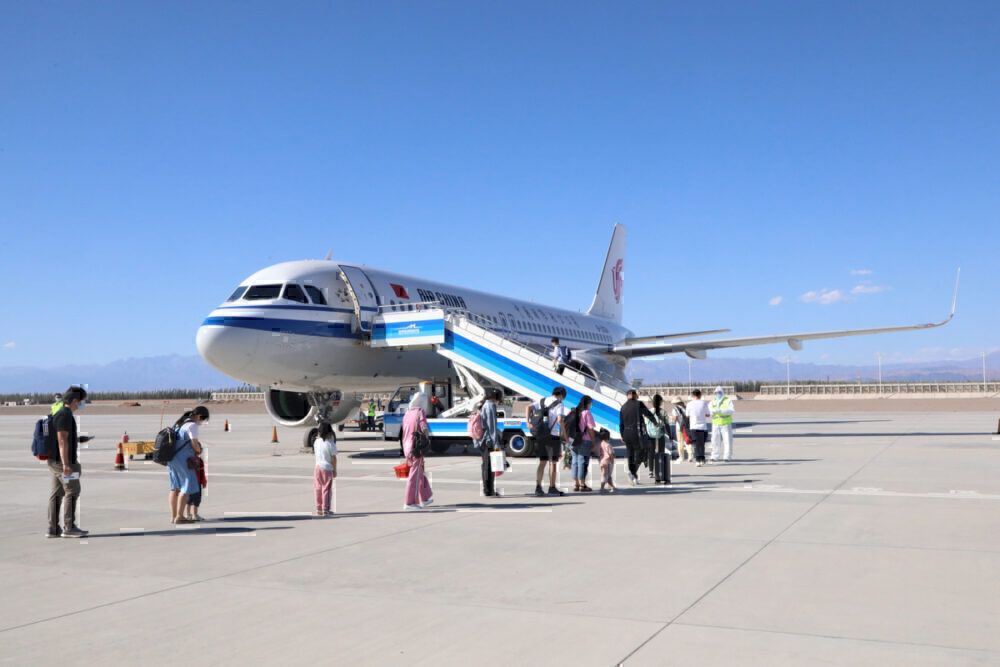On Monday, China Eastern Airlines announced that it is set to receive a cash injection corresponding to $4.6 billion from a group of four other state-owned investors. While the timing is undeniably welcome, the move is part of a larger scheme to diversify the business of government-owned entities.
As reported by Reuters, China Eastern Airlines announced Monday that it would receive a cash injection of 31 billion yuan ($4.60 billion) from four new investors. The multi-billion boost is part of the Chinese Government's equity diversification plan among its state-owned entities.
Stay informed: Sign up for our daily aviation news digest.
Four new players, same owner
China Eastern Airlines is one of China's "big three" state-owned carriers, along with Air China and China Southern Airlines. The Chinese Government also owns all of the four companies now injecting some much-needed funds into China Eastern.
China Life Investment Holding Limited, a subsidiary of state-owned China Life Insurance, is the largest contributor with 11 billion yuan ($1.63 billion). Shanghai Jiushi Group, which is the parent of several transport companies in Shanghai, is adding just slightly less at 10 billion yuan ($1.48 billion).
State-owned investment company China Reform Holdings Corporation, and China Tourism Group, which generally engages in the sales of duty-free goods such as tobacco, wine and spirits, jewelry, cosmetics, etc. are bringing 5 billion yuan ($741 million) each to the table.
Diversifying out of core business
Chinese state-owned enterprises make up about 30% of the country's GDP. While China Eastern has undoubtedly, along with every other airline in the world, suffered losses due to the ongoing global health crisis, this new round of investments is not an indirect form of state-aid.
It is part of a long-standing plan where many Chinese state-owned enterprises are diversifying by investing in sectors outside their usual sphere of business. In July last year, months before global aviation began shutting down, China Southern Airlines also received a 30 billion yuan ($4.5 billion) cash injection from three other government-owned investors.
A relatively good first half of the year
That being said, of course, it is not exactly bad timing for China Eastern. However, the airline is not in as desperate a situation as many of its colleagues. While its financial report for the six months ending on June 30th, announced a net loss of $51 million, that should be seen in the light of the report for the same period last year. At that time, the carrier suffered losses of $226 million.
China Eastern's revenue even rose by 12% in the first half of 2020. Far worse off were Air China, which reported losses of $1.5 billion, and China Southern with $1.19 billion.
While the world remains in the throws of a second wave with failing airline bookings as a result, the lucrative Chinese domestic market is expected to recover to a full 90% of its pre-crisis capacity by the end of 2020.



